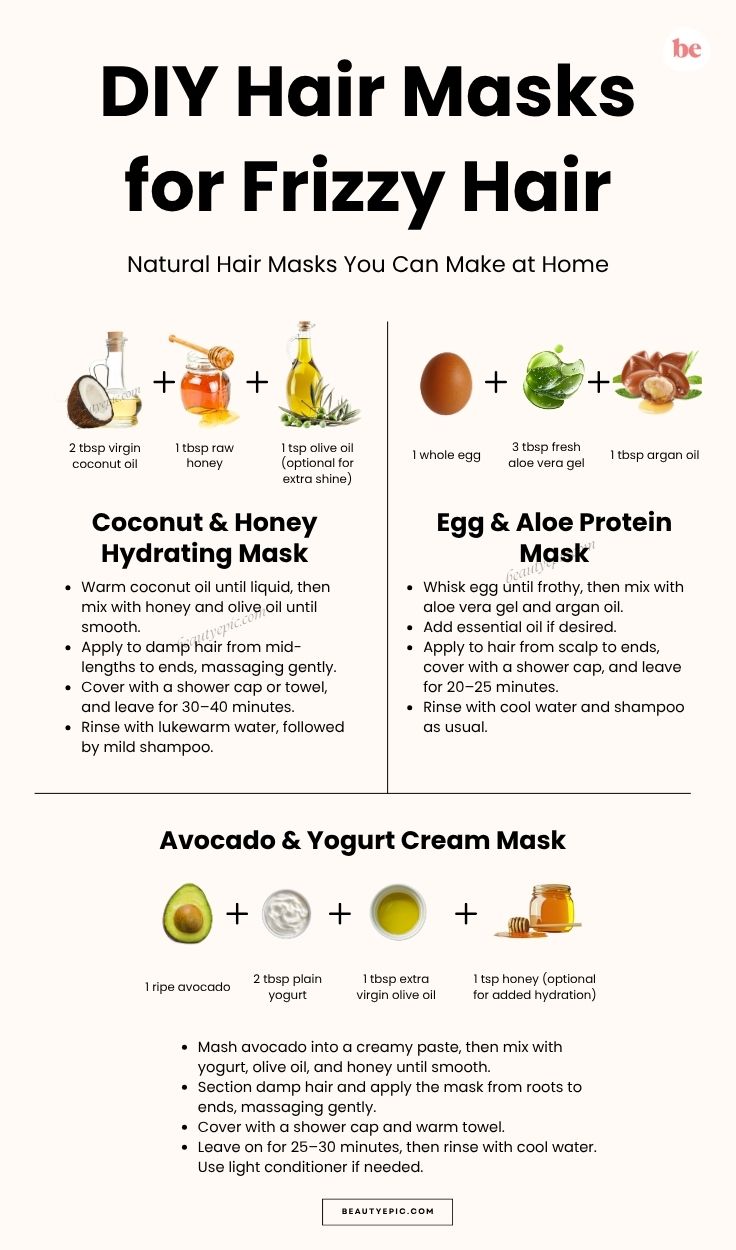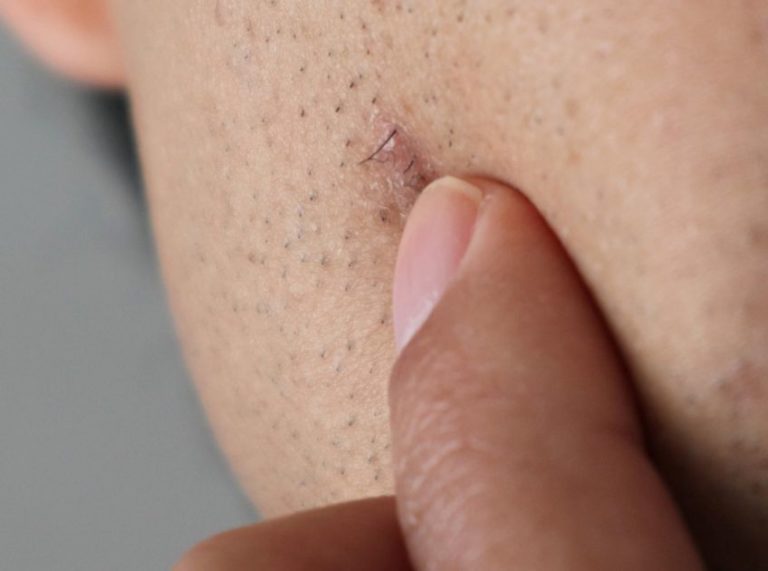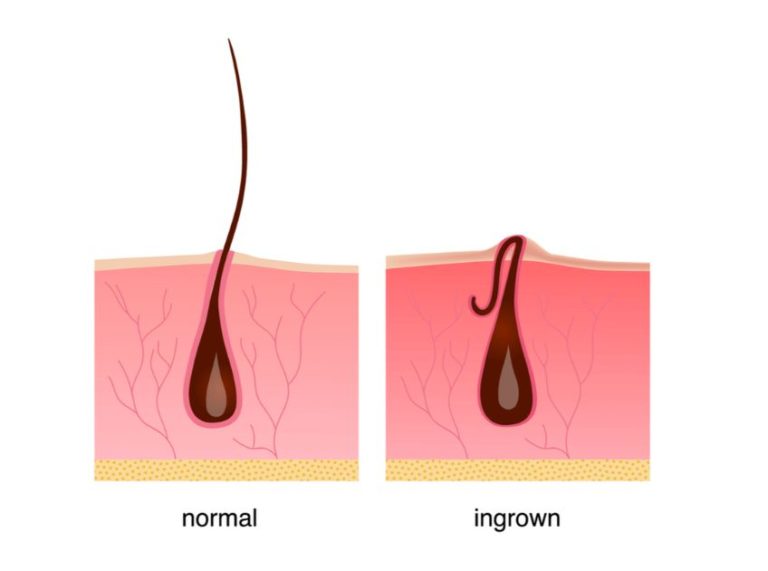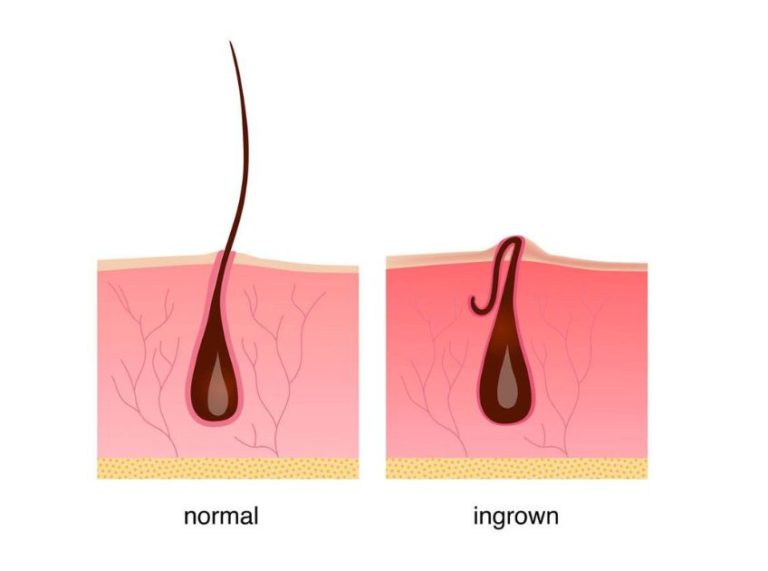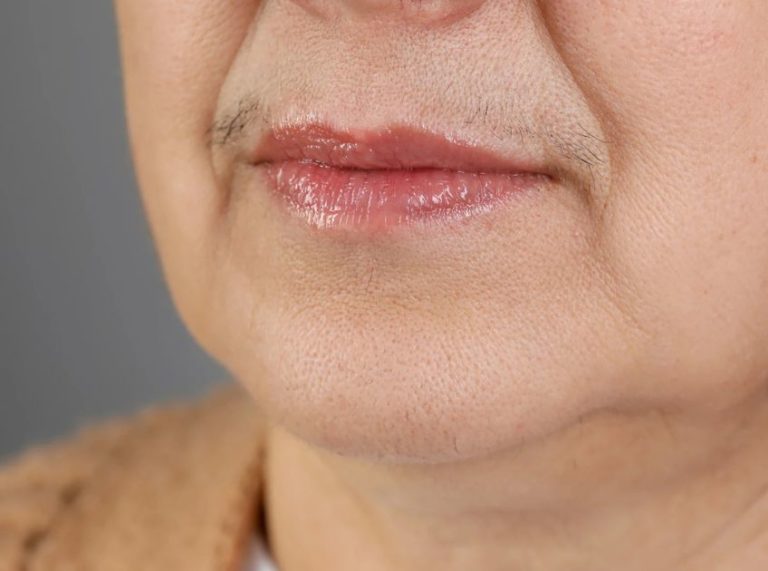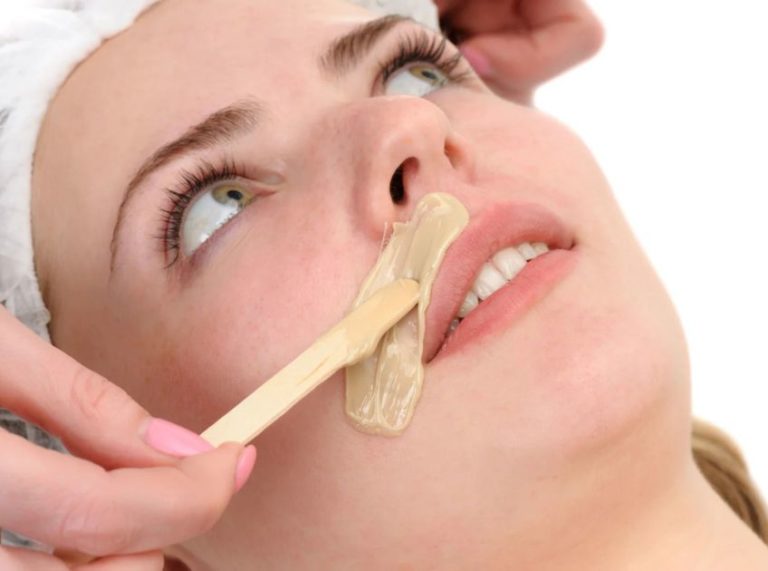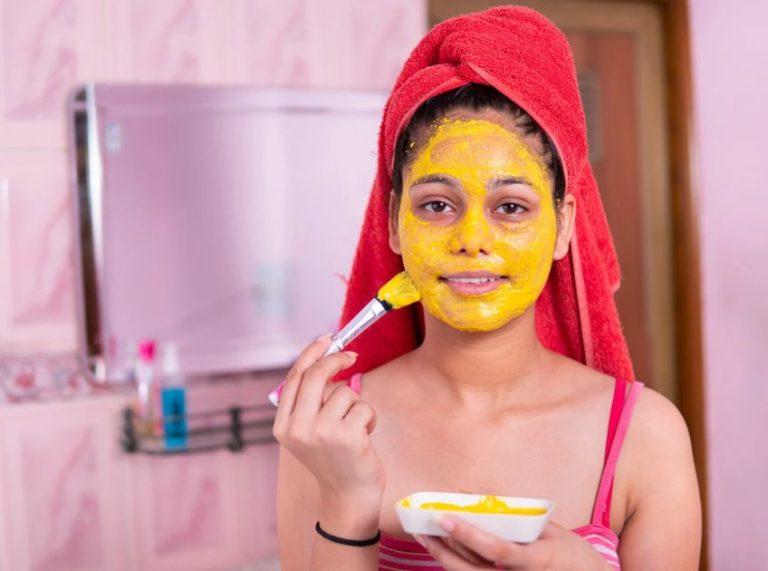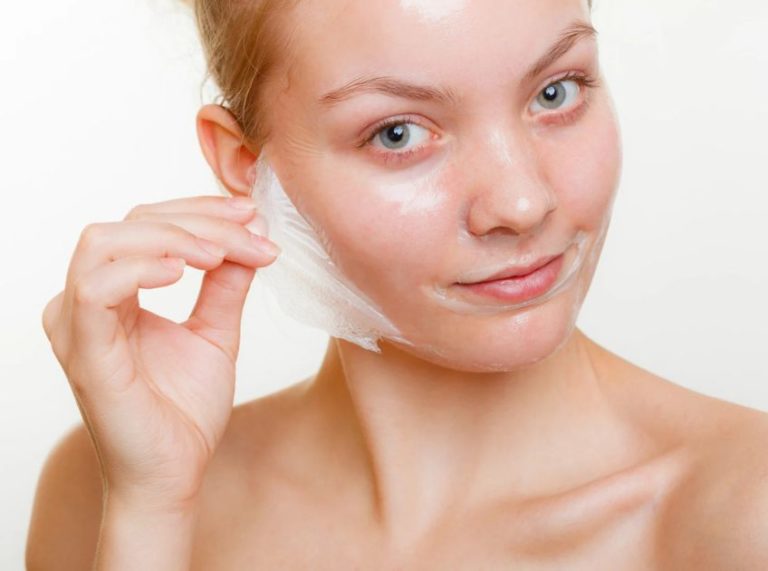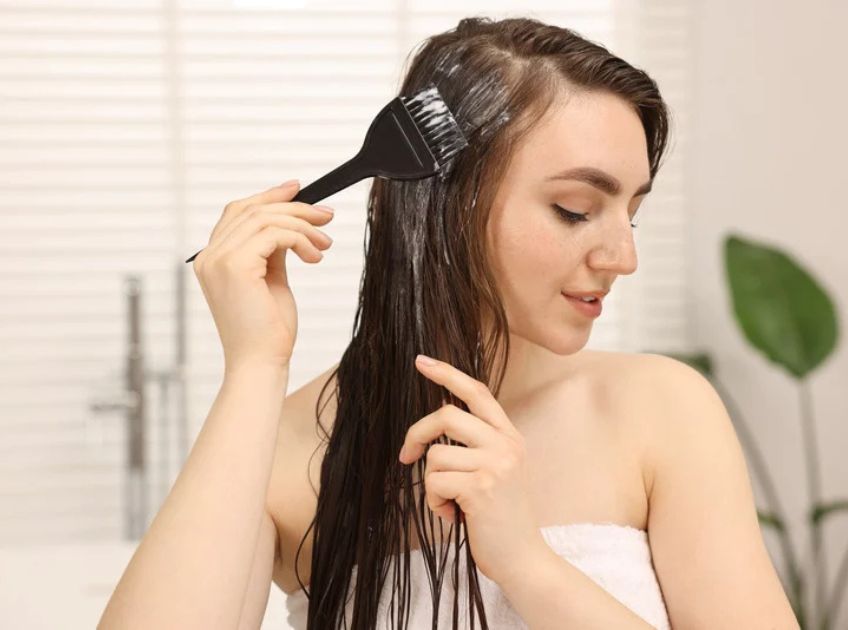
Important: This article is for informational purposes only. Please read our full disclaimer for more details.
Frizz can make even healthy hair look dry and unruly, especially in humid weather or after frequent styling. Instead of relying on chemical-laden products, DIY hair masks provide a natural way to lock in moisture and restore softness. With the right ingredients, you can transform frizz into silky, manageable strands.
Why Use DIY Hair Masks for Frizz Control?
- Deeply hydrate hair and prevent dryness
- Smooth cuticles to reduce flyaways
- Add natural shine without harsh chemicals
- Strengthen strands to minimize breakage
The Science Behind Frizz-Fighting Ingredients
Frizz occurs when the hair cuticle lifts, allowing moisture to escape. From the hair shaft, Ingredients like coconut oil provide fatty acids that penetrate the hair shaft, while honey attracts and locks in moisture due to its humectant properties. Eggs deliver protein that strengthens damaged strands, reducing split ends that worsen frizz.
Study Reference: Research published in the International Journal of Trichology highlights the benefits of oils rich in lauric acid (like coconut oil) for reducing protein loss and improving hair texture (1).
Key Components That Make These Masks Work
- Coconut Oil: Seals moisture and smooths cuticles.
- Honey: A Humectant that keeps hair hydrated.
- Avocado: Packed with vitamins A, E, and fatty acids for softness.
- Egg: Provides protein to repair and strengthen.
- Aloe Vera: Balances moisture and soothes the scalp.
When to Discontinue Use
- If you experience scalp irritation or itching
- When hair feels weighed down due to the overuse of heavy oils
- If the mask makes hair overly greasy despite thorough washing
Adjusting Quantities for Your Hair Type
- Fine Hair: Use lighter oils like argan or reduce the oil quantity.
- Thick/Coarse Hair: Increase oil and creamy ingredients like avocado.
- Short Hair: Halve the recipe to avoid wastage.
Is It Safe to Use DIY Hair Masks?
Yes, DIY masks are generally safe as they use natural ingredients. Always do a patch test to check for allergies and avoid using raw egg masks if you have scalp cuts or open wounds to prevent bacterial risk.
3 Best DIY Hair Masks for Frizzy Hair
1. Coconut & Honey Hydrating Mask
This simple mask is perfect for sealing moisture into dry, frizz-prone hair. Coconut oil penetrates the hair shaft to reduce protein loss, while honey attracts and locks in hydration.
Ingredients
- 2 tbsp virgin coconut oil
- 1 tbsp raw honey
- 1 tsp olive oil (optional for extra shine)
Directions
- Warm the coconut oil until it becomes liquid but not hot.
- Add honey and olive oil, stirring until fully combined.
- Mix until you have a smooth, runny blend.
How to Apply
- Apply to slightly damp hair, starting from mid-lengths to ends.
- Massage gently to ensure even coating.
- Cover with a shower cap or warm towel and leave for 30–40 minutes.
- Rinse with lukewarm water, followed by a mild shampoo.
Pro Tip: For extremely dry hair, use this mask twice a week. Adding a few drops of vitamin E oil can boost the nourishing effect.
2. Avocado & Yogurt Cream Mask
Avocado is loaded with healthy fats and vitamins that make coarse hair soft and smooth, while yogurt provides lactic acid that gently removes buildup and adds shine. Olive oil boosts the mask’s emollient power.
Ingredients
- 1 ripe avocado
- 2 tbsp plain yogurt
- 1 tbsp extra virgin olive oil
- 1 tsp honey (optional for added hydration)
Directions
- Scoop out the avocado and mash it into a creamy paste.
- Mix in yogurt, olive oil, and honey until smooth.
- Blend using a fork or hand blender for a lump-free texture.
How to Apply
- Section clean, damp hair and apply the mask generously from roots to ends.
- Massage gently to coat every strand.
- Cover with a shower cap and wrap with a warm towel to help nutrients penetrate.
- Leave on for 25–30 minutes and rinse with cool water.
- Follow with a light conditioner if needed.
Pro Tip: For extra frizz control, add a teaspoon of argan oil. This mask works especially well for thick, curly hair that tends to dry out.
3. Egg & Aloe Protein Mask
Eggs are rich in protein, which strengthens weak hair, while aloe vera hydrates and soothes the scalp. Argan oil adds shine and smoothness, making this mask ideal for repairing frizz from heat styling or chemical treatments.
Ingredients
- 1 whole egg
- 3 tbsp fresh aloe vera gel
- 1 tbsp argan oil
- Few drops of lavender essential oil (optional to mask egg smell)
Directions
- Whisk the egg until frothy.
- Add aloe vera gel and argan oil, mixing until fully blended.
- Stir in essential oil if desired.
How to Apply
- Apply the mixture evenly from scalp to ends using a brush or your fingers.
- Cover with a shower cap and let it sit for 20–25 minutes.
- Rinse with cool water to avoid cooking the egg, then shampoo as usual.
Pro Tip: Use this mask once every 10–14 days to avoid protein overload, which can make hair stiff. If you have fine hair, use only the egg white for lighter conditioning.
Frequently Asked Questions (FAQ’S)
1. How often should I use these masks?
A. Once a week is ideal for maintaining moisture without weighing hair down.
2. Can I store leftover masks?
A. Fresh masks give the best results. Store for up to 24 hours in the refrigerator if needed.
3. Will these masks work on color-treated hair?
A. Yes, they are safe for colored hair, but avoid protein masks too often as they can make hair stiff.
DIY hair masks are an easy, natural way to combat frizz and restore silky, smooth hair. With ingredients like coconut oil, avocado, and honey, you can deeply nourish and strengthen strands without chemicals. Regular use can help you achieve manageable, healthy-looking hair that resists humidity and dryness.
